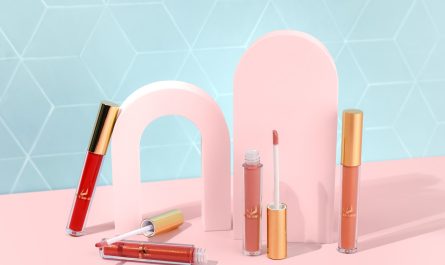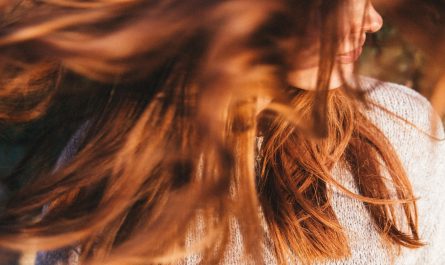
Microblading is a popular semi-permanent makeup technique used to enhance the shape and thickness of eyebrows. After the procedure, it is crucial to follow the appropriate aftercare routine to ensure the best results and prevent infections.
Understanding dry healing and wet healing
There are two main methods of aftercare for microblading: dry healing and wet healing. Each method involves different practices and has its own set of advantages and disadvantages.
Dry healing
Dry healing for microblading involves keeping the treated area dry throughout the healing process. After the procedure, the technician will apply a thin layer of aftercare ointment and instruct you to avoid contact with water for a certain period. During this time, it’s crucial to avoid sweating, excessive heat, and moisture to prevent any complications.
The advantages of dry healing include:
- Reduced chance of infection: By keeping the area dry, you minimize the risk of introducing bacteria or other potentially harmful substances to the freshly microbladed skin.
- Longer-lasting results: Dry healing prevents excessive scabbing and encourages the pigment to settle evenly, resulting in longer-lasting and more defined eyebrows.
- Less itching and discomfort: Dry healing may help minimize any itching or discomfort during the healing process due to fewer scabs forming.
However, dry healing also has its drawbacks:
- Increased risk of fading: Without moisturizing the area, the skin may become dry and flaky, causing the pigment to fade more quickly.
- Potential for scarring: In some cases, dry healing may lead to scarring if scabs are picked or disrupted.
- Requires strict adherence: Dry healing requires discipline and avoiding any activities or environments that may introduce moisture to the treated area.
Wet healing
Wet healing, on the other hand, involves cleaning the treated area with a gentle, pH-neutral cleanser and applying aftercare products regularly. This method allows for a slightly more relaxed aftercare routine compared to dry healing.
The advantages of wet healing include:
- Hydration and moisture: Regularly moisturizing the area prevents dryness, reducing the risk of pigment fading and flaking.
- Reduced scabbing: Wet healing may result in fewer and smaller scabs, making the healing process more comfortable.
- Flexible lifestyle: Wet healing allows for more flexibility in everyday activities, as long as precautions are taken to protect the freshly microbladed skin from excessive moisture.
However, wet healing also has its drawbacks:
- Increased risk of infection: The more contact the area has with water and other substances, the higher the risk of introducing bacteria, which can lead to infections.
- Potential for color loss: Excessive moisture can cause the pigment to spread or lighten, resulting in less-defined eyebrows.
- Extended healing time: Wet healing may prolong the overall healing time compared to dry healing.
Choosing the best method for you
When deciding between dry healing and wet healing for microblading, it is crucial to consider your lifestyle, skin type, and the advice of your microblading technician. Each person may respond differently to the methods, so what works for one individual may not work for another.
Following the appropriate aftercare routine, regardless of the method chosen, is essential for achieving optimal results. It is important to consult with a professional microblading technician to receive personalized advice based on your specific needs and preferences.
In conclusion, both dry healing and wet healing have their advantages and disadvantages when it comes to microblading aftercare. Understanding and following the recommended aftercare routine can help ensure the best possible outcome and maintain the appearance of your microbladed eyebrows for an extended period.


